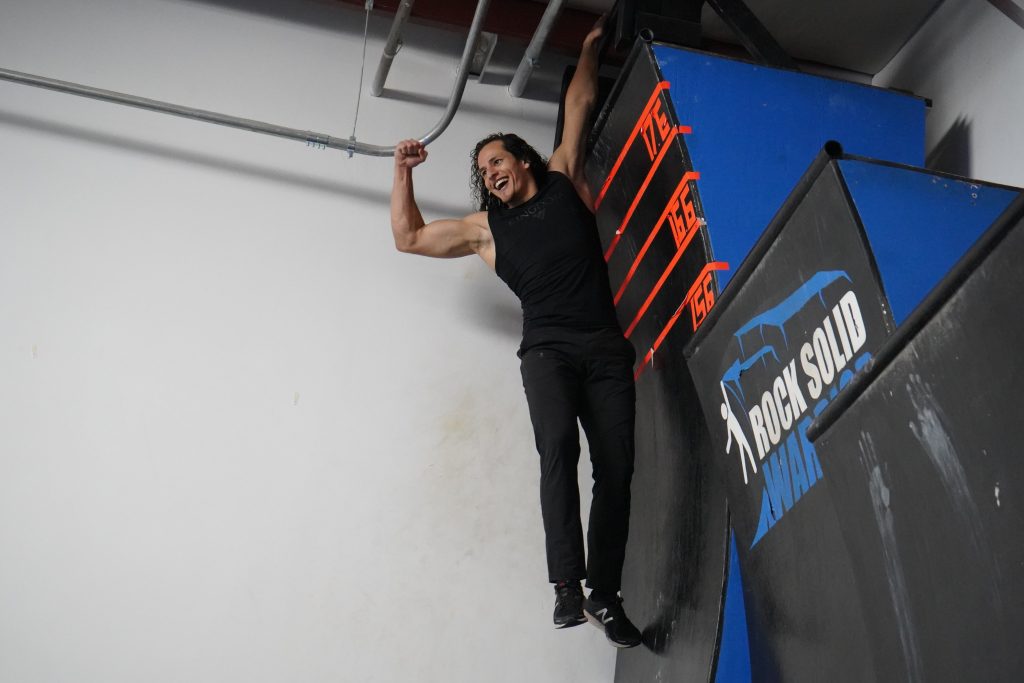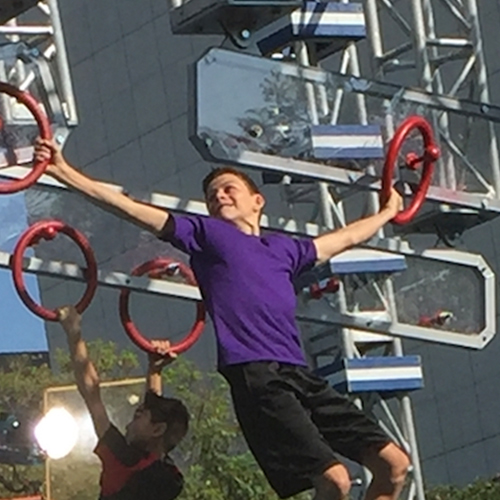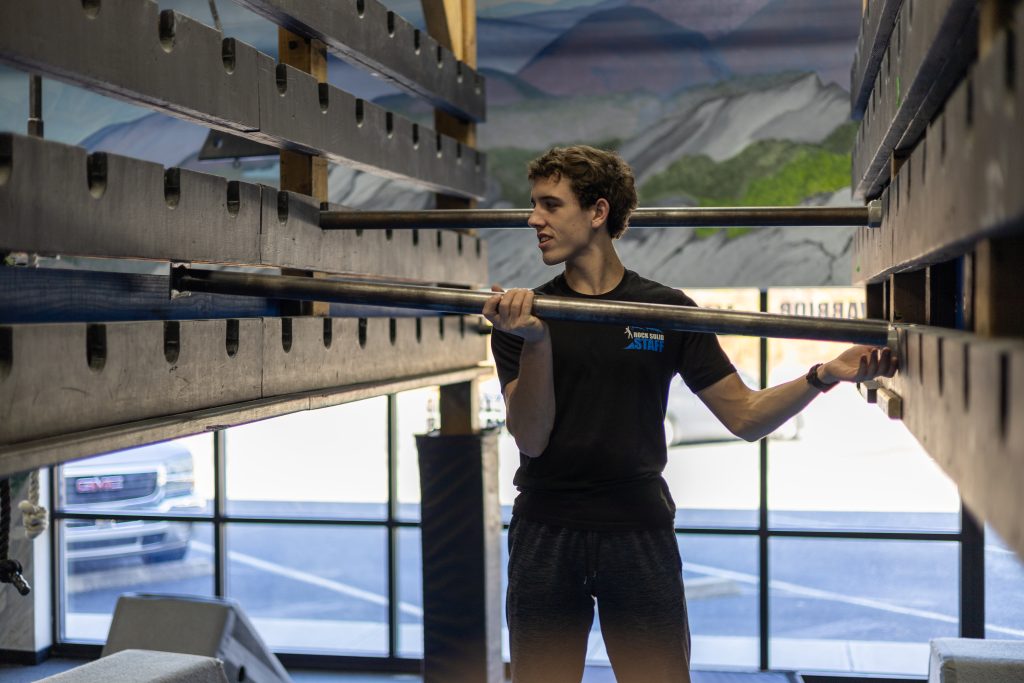
But in 2017, our friends at Warrior Tech opened up their gym in Morrisville, North Carolina and my two sons jumped in. We learned that there was actually a sport that had been inspired by the show that was rapidly growing.
Although completely independent of the reality TV show, the sport has consistently kept two things from the show:
- Fun and challenging obstacle courses that challenge athletic abilities
- A community of encouragement where athletes cheer each other on as it is “us against the obstacles”
We were entering the sport in its early years and soon found out that there were both independent competitions – whether just “in house” or open to a wider audience – and league competitions. We also heard rumors of a few other events besides American Ninja Warrior that – well – I didn’t really know what they were. And for the sake of time and relevance I’m going to skip those that have fallen by the wayside and stick to the things that have led us to where we are today.
We found out that there were different rules for different competitions. And, from what I could tell at the time, none of them had a great way to keep score or let the audience/observers know what the standings were.
Imagine what any other organized sport must have been like in their first few years of existence. I doubt it was much different from what we’ve seen in the sport of Ninja. From what I’ve learned, there were a handful of gyms that had opened up since 2010 that would have occasional competitions. Eventually, in 2015 two different sets of people decided to try to organize those gyms and competitions in the form of a league.
- The National Ninja League (NNL) was founded by Chris Wilczewski and others and was based in New Jersey.
- The Ultimate Ninja Athlete Association (UNAA) was founded by Bob Clark and others and was based in New Mexico.
They each had different rules and both started with around ten gyms in their first season.

In the middle of all this, I happened to own a custom software company that was looking to explore the development of some of our own technologies and started exploring the potential market for some software for running Ninja competitions. We found out that the number of gyms was quickly growing and that if it kept growing, there would eventually be a sustainable market for such software. Ninja Master was born and, after being tried and tested at a few independent events, was adopted as the standard for the Athlete Warrior Games league that started in 2018 in the Midwest to address what they saw as some shortcomings in the other leagues.
Ninja Works that had previously been focused on hardwired equipment (like buzzers and timers) was also adding some software to help support the National Ninja League. By the end of the year, the Ultimate Ninja Athlete Association began to adopt Ninja Master as its standard.
Today, just about every competition and every league uses some kind of software to keep track of individual competition leader boards and league standings. But getting those gyms and leagues technology to help them organize their competitions is only part of the story of how we got to where we are today.

The number of young people who are growing up focused on and dedicated to the sport, rather than just a few adults seeing ninja as a fun activity with dreams of being on the show, will keep it growing strong. And, of course, the adults who pioneered the sport and the ones that came after them continue to inspire the kids as to what they can become. In addition to being great athletes, many of those adults used their creative skills to develop innovative obstacles to push the sport forward.
In addition to those creative types’ handmade obstacles, there are now a number of manufacturers of various obstacles and equipment to supply the gyms as well as backyard, basement, and attic courses that are used everywhere for training and competitions.
How much longer the show will go on is anyone’s guess, but the sport – although still young – is established in its own right and is poised to live well beyond the life of the reality TV show.


